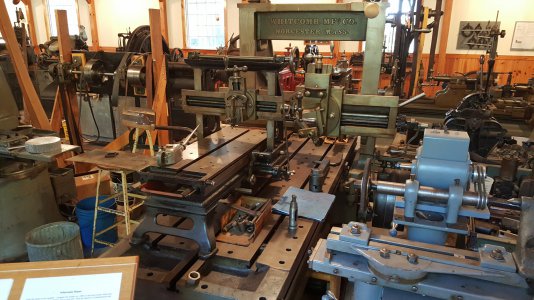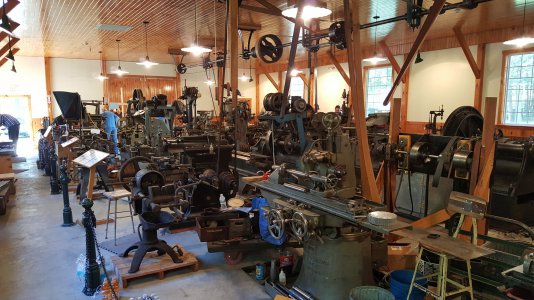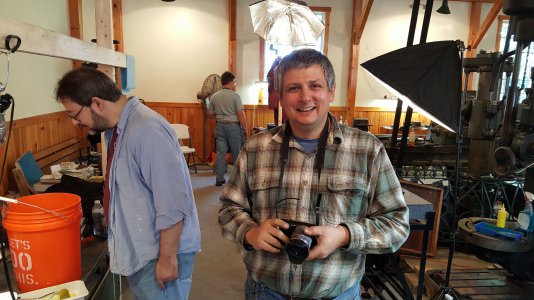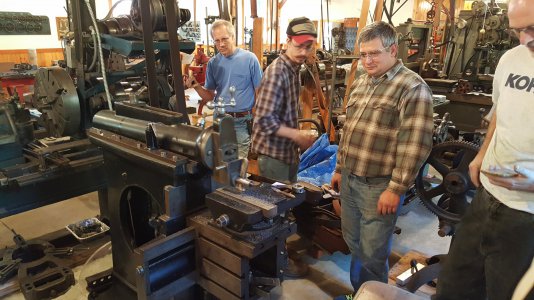- Joined
- Mar 31, 2015
- Messages
- 397
New Cumberland Navy Depot?!?It will be my honor to help you learn to scrape Rabler as I have several members here on Hobby Machinist I have taught to scrape. I will be driving out to Mechanicsburg, PA in the upcoming months to teach a class for DIPEC (US military machine rebuilding depot) to another class of their Apprentices. I have taught all there Journeymen to scrape over the last 30 years) and I can swing by your shop in Indiana to show you. You can buy me dinner ..
Mr. King, that is 45 minutes away from me in Shippensburg
Can >I< buy you dinner???
(I also didn't know DLA had a maintenance department of this caliber! I just know them for supplying us (slowly/never





